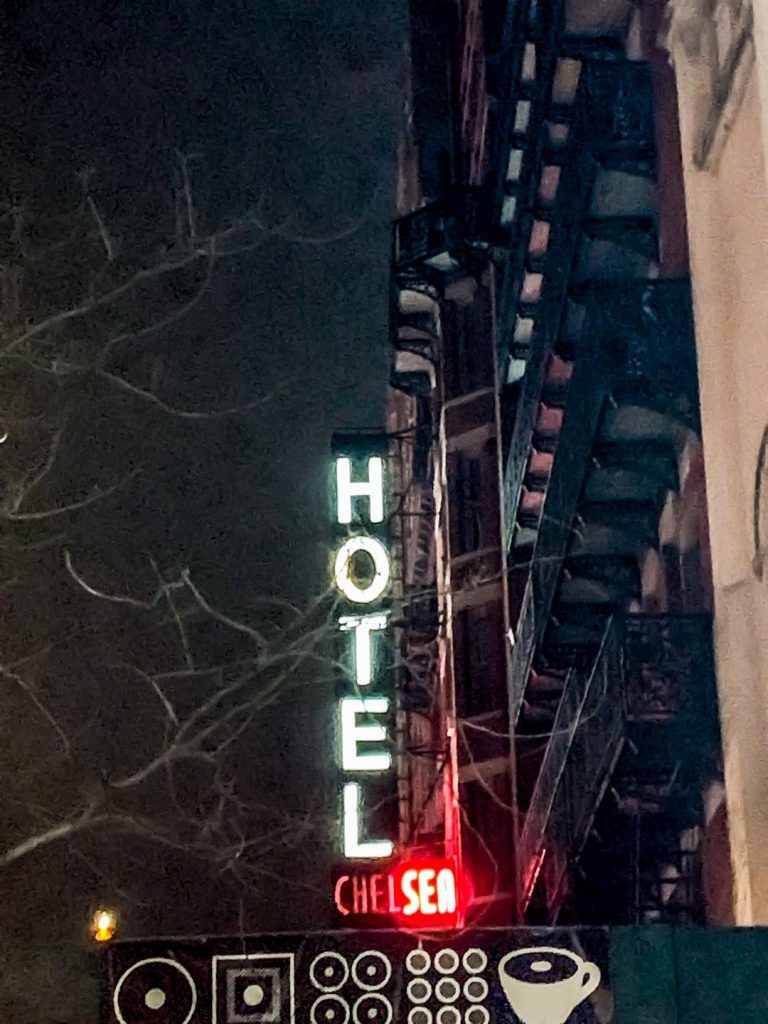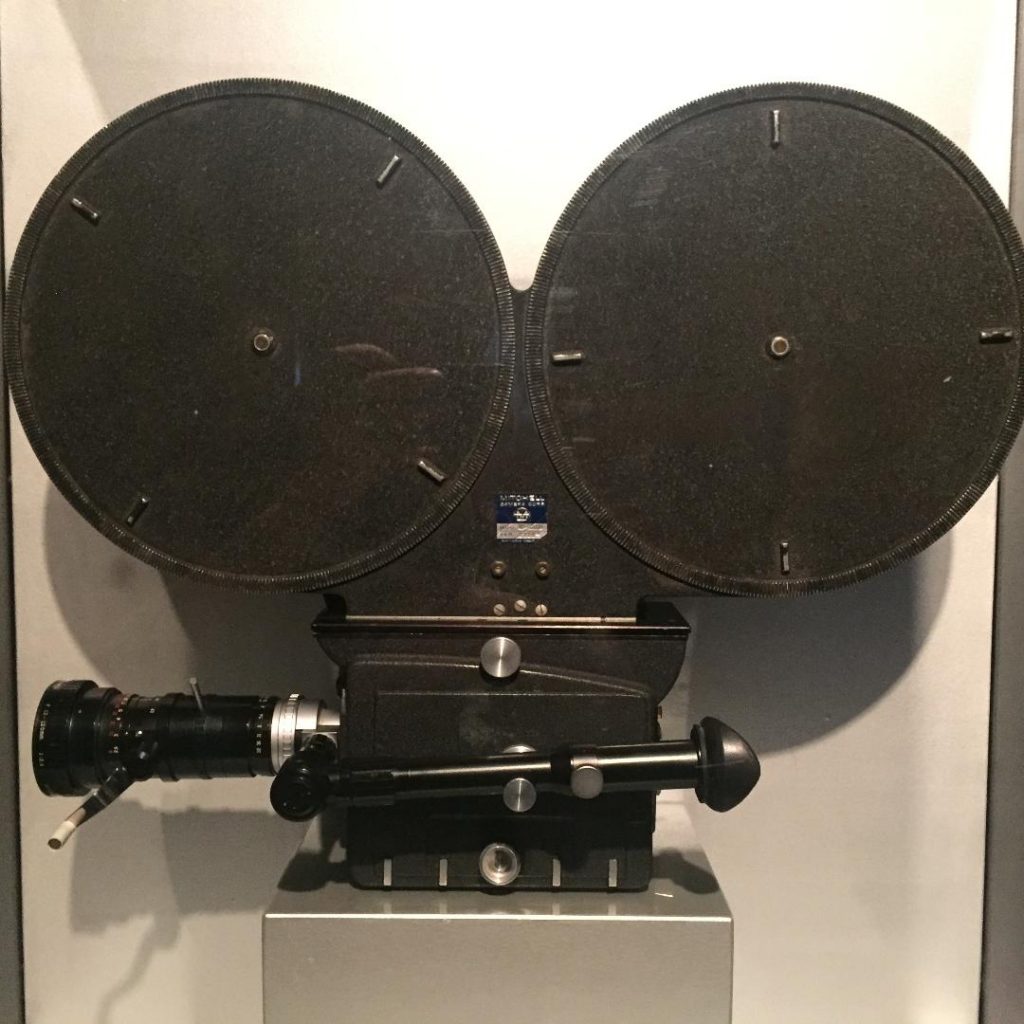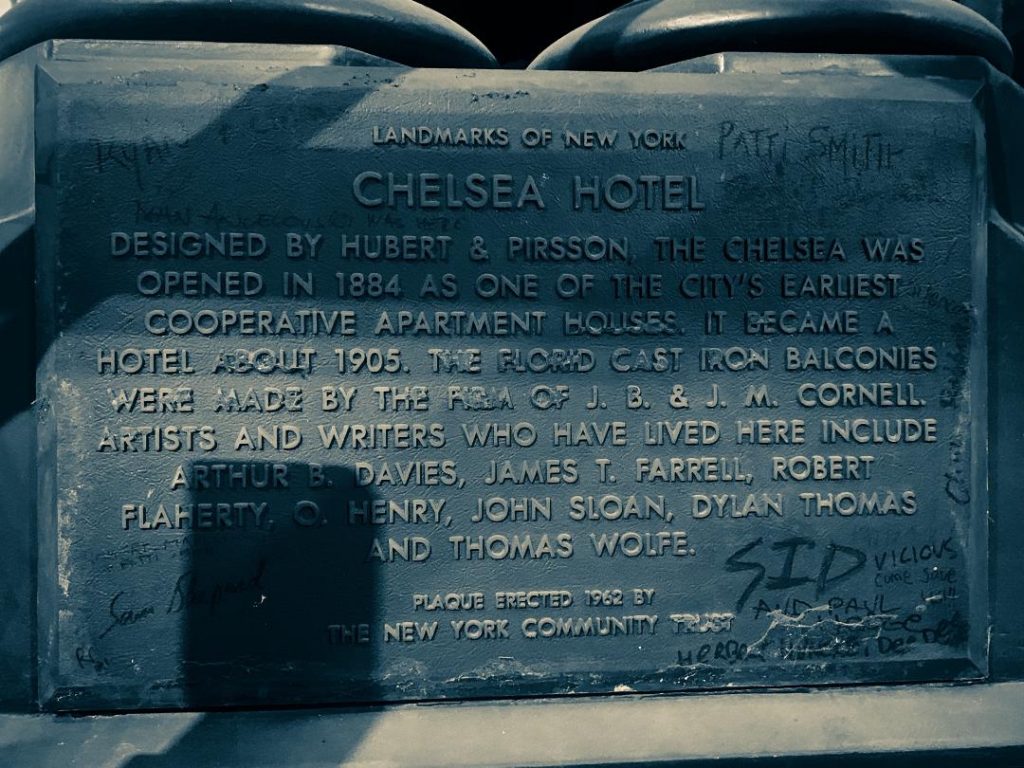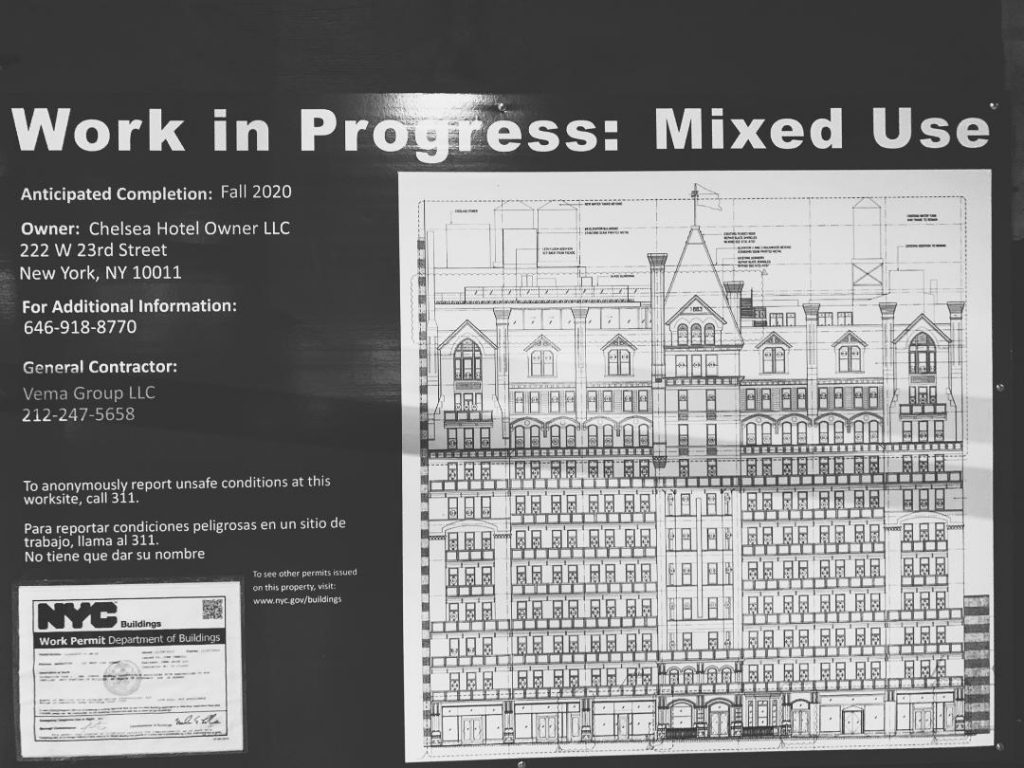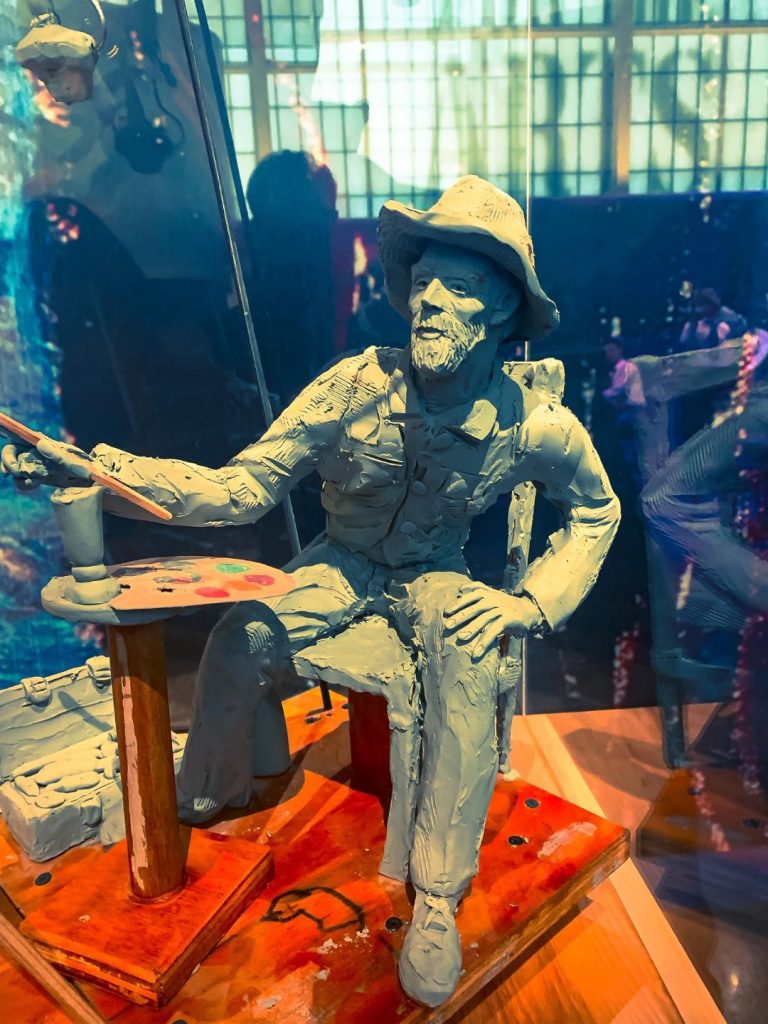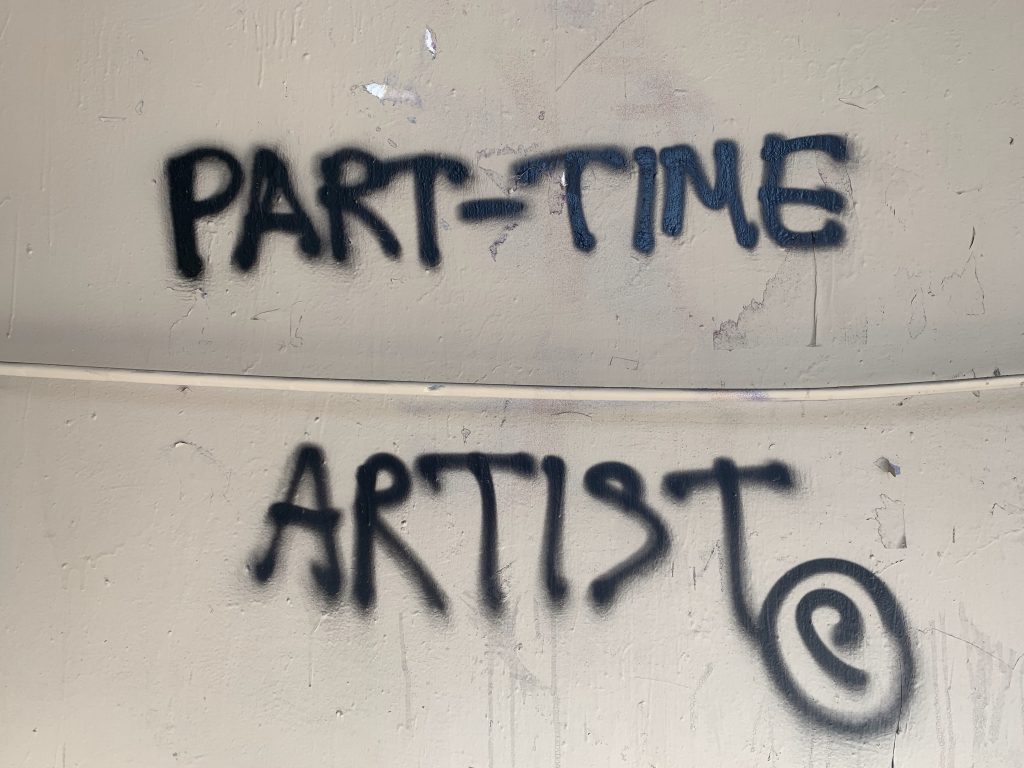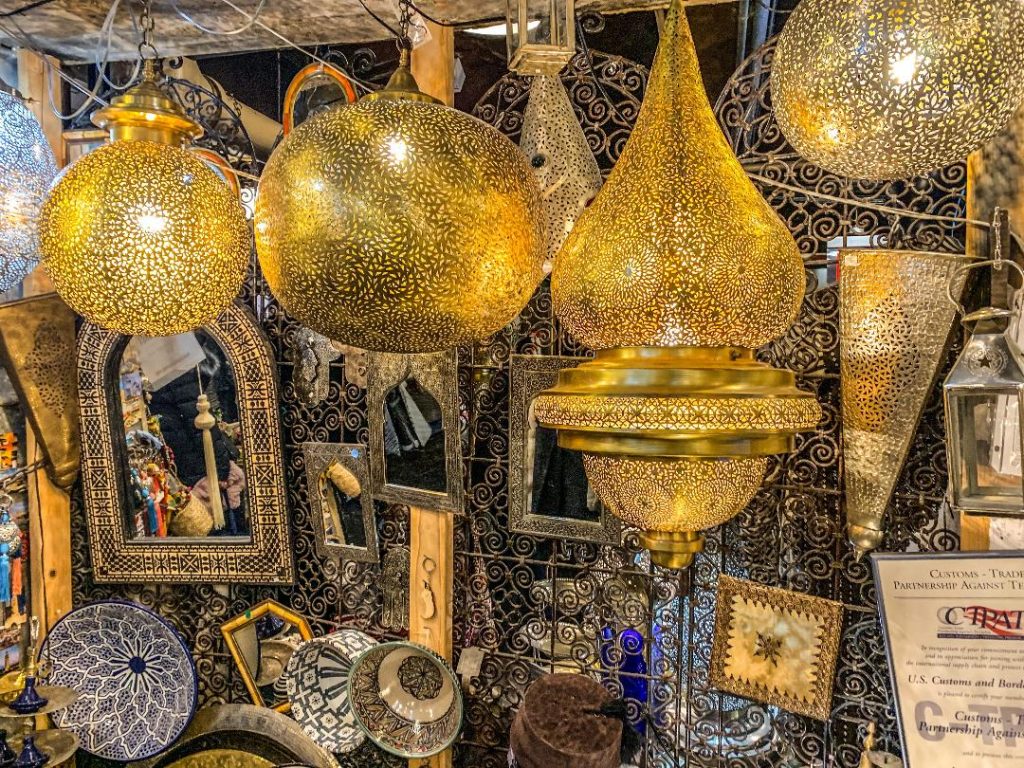
Learning is the beginning of wealth.
Learning is the beginning of health.
Learning is the beginning of spirtuality.
Searching and learning is where the miracle process all begins.
Jim Rohn
You are what you eat and you are who you associate with.
In our lives, we have all forged many relationships based on the circumstances in which we are currently involved. Often these relationships carry on into other aspects of our lives, however, often once the connection is lost, so is the relationship.
I’ve moved on from many a relationship as the connections have diminished. Conversations will be mindless talks about the weather or the past. I can count on one hand the friendships that I still have from high school. Most of those connections weren’t really real and I’ve moved on.
With each new phase of my life and as I explore and expand, the importance of material possessions or accomplishments matter less and less. Emotions and self-expression are more important to me than ever.
Historians bore me if they are living in the past and can’t correlate to the present day. Statisticians are equally humdrum if the stats are the regurgitation of other people’s lives. These aren’t risk-takers, they are averse to taking a risk and therefore boring.
Art Is Life
Most of my greatest friends are creatives. They have painted paintings, written books, molded iron and performed on stage. They have ducked out of social events and forgotten to eat. Lost in their creative conscious creating their art and sharing it with the world.
For us to be creative we need to be inspired as well as in touch with our own thoughts. We work to express ourselves by stepping out into the unknown and taking a chance. Creatives are not judged by their peers, they are judged by those that lack creativity.
“Definition of rock journalism: People who can’t write, doing interviews with people who can’t think, in order to prepare articles for people who can’t read.”
― Frank Zappa, The Real Frank Zappa Book
Years ago I remember meeting a fellow musician on a horse farm who would become my boss, neighbor, and mentor. I started working on the farm and within a few weeks, I moved into my first apartment below the barn manager. He saw me lugging in used furniture, clothing and tons of musical equipment and ran over to help.
“I didn’t realize you were a musician,” he said. “I’m not really, more of a knob turner. Sort of an engineer type.” He replied, “Just like Zappa.”
“Huh, isn’t Zappa a musician?”, I replied. “Yes and so much more,” he said in response.
And down that slippery slope I slide into this new world of engineering, sound design, and creativity.
Every evening after work we would listen to each other’s favorite music and make connections. My beloved Steve Vai had first worked with Zappa having transcribed a ridiculously difficult piece called The Black Page.
He would teach me guitar licks and I would record his. As I learned more about studio trickery I would introduce new and enlightening techniques to the recordings.
Seeing it all come to life
We would head to The Stony Pony to catch Frank Marino and the Mahogany Rush or The Ritz for some Dweezil Zappa.
St. Mark’s Place was a favorite as we would dig through old vinyl hoping to expand our collections and experience new finds. Every modern contemporary my mentor would show me had been inspired by previous works. It was those older works he would encourage me to buy.
You can’t understand Punk if you don’t understand Rock. Rock won’t matter until you learn the Blues. Jazz….you need to understand it all. Mingus, Coltrane, Zappa. They all did Jazz.
Own Your Own Studio
Zappa, Prince, Reznor, and Vai. They all had their own studios. Eno studio is inside his home. A lair for mad scientists as they cross-pollinate new ideas with stolen ones. Stepping further out away from the securities of the status quo. This is where true creativity happens.
My personal studio space is exactly that. Mine and personal. It consists of a culmination of equipment and motivation that allows me to work on my art.
As of late, that has been writing. I really would call it creative writing since I’m not a writer yet I have used it as a creative way to outlet self-expression. With the large volume of articles, I’ve produced the reality hits me on the head frequently (or others remind me) that in fact, I am a writer.
Sources of Inspiration
I’m inspired everywhere I look. Nature inspires me, books inspire me, art inspires me but most of all creative people inspire me. I have hundreds of creative friends that are constantly pushing the envelope expressing themselves. Placing themselves out there, often vulnerable and afraid. It’s with the understanding of how they are feeling that we can respond and provide the security and acceptance of their fears. The fear of being misunderstood.
Artists understand artists and creatives are artists. Shaping the words we read and the images that we see as we embrace the art we love we are embracing the artist for exposing themselves to us so we can attempt to understand.
When I experience new works of art it sparks my creative juices as I become inspired to create. Be it through sound compositions, written text, photographer or just conversation, I love to experience new works and learn from the creators.
Learning About Process
When speaking to creatives I’ll always migrate the conversation towards the process. I’m not actually talking specifically about technique but the creative process. How does an actor fill a roll or how is a sculpture metastasize into a three-dimensional art form? The mind of a creative is the birthplace of all creations. Before pen hits paper or fingers hit keys, the creative mind needs to get into the moment.
Some artists read poetry or listen to music while creating. Others need to experience death or drudgery before they can express dark emotions. So when you place yourself into this sphere of creativity and self-expression, the concepts and knowledge will become a lifeform that will allow you to expand your own craft.
Listening to music I hear ballet, war or disparity. Paintings expose nakedness, sadness, and conjecture. Books expose insecurities and honesty. Photography freezes reality into dreamlike states.
When I’m with creatives I’m on fire, as my speech speeds up and my heart will race. Art is the purest form of self-expression and development. Find your art and find the creatives and your life will take on a new form.



